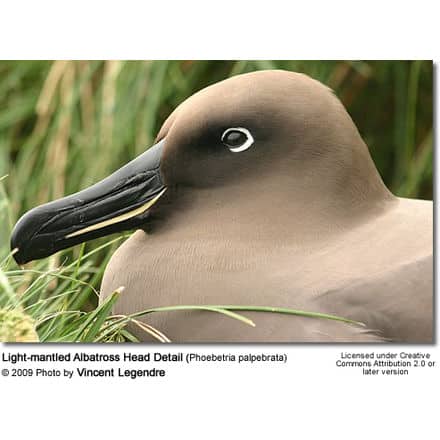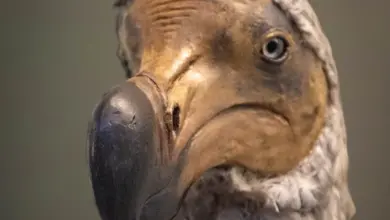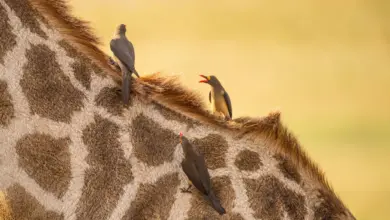Red-billed Queleas (Quelea quelea)
The Red-billed Queleas (Quelea quelea) is the world’s most abundant bird species, with an estimated adult breeding population of 1.5 billion. It is a small passerine bird of the weaver family Ploceidae, native to sub-Saharan Africa.
Characteristics
Red-billed Quelea grow to about 12.5 cm long and 15 to 20 g weight. During breeding the male is distingushed by its more colorful plumage and red bill.
Breeding plumage in male queleas is unusually variable: comprised of a facial mask which ranges from black to white in color, and breast and crown plumage which varies from yellowish to bright red.
For the rest of the year male plumage resembles that of the female, which is a cryptic beige coloration. The female’s bill is yellow during breeding, and red during the non-breeding season.
Habits
Red-billed Quelea live and breed in huge flocks, mostly in steppe and savanna regions, but not avoiding human settlements. While foraging for food they may fly large distances each day without tiring. Their life expectancy is two to three years.
Reproduction
The breeding season begins with the seasonal rains, which come at different times in different parts of their range – starting at the north-western edge around the beginning of November.
The breeding males first weave half-complete ovoid nests from grass and straw. After the female has examined the construction and the mating has occurred, both partners complete the weaving of the nest.
The female lays two to four light blue eggs, and incubates them for twelve days.
After the chicks hatch, they are nourished for some days with caterpillars and protein-rich insects.
After this time parents change to mainly feeding seeds. The young birds fledge and become independent enough to leave their parents after approximately two weeks in the nest.
They are sexually mature after just one year, but many females die before this time, leaving many males without a partner.
Food
The food of the Red-billed Quelea consists of grass seeds and grain. As soon as the sun comes up, they come together in their huge flocks and co-operate in finding a suitable feeding place.
After a successful search, they settle rapidly and often cause serious damage to crops.
In the middle part of the day they rest in shady areas near water and spend the time preening. In the evening they once again fly in search of food.
Distribution
The distribution area of the Red-billed Quelea covers most of sub-Saharan Africa, excluding the rain forest areas and parts of South Africa.
They are regarded as pests by farmers because of their greed, and often compared with locusts, which fall upon grain and rice fields.
Since they have hardly any natural enemies, their population is enormous, some 1.5 billion individuals.
Even extreme control measures such as dynamiting the nest colonies and use of organophosphate poisons have not significantly reduced their numbers.
One of the few natural enemies is the crocodile, which lurks in the drinking places of the birds, and may snatch several at an opportune moment.
References
- BirdLife International (2004). Quelea quelea. 2006 IUCN Red List of Threatened Species. IUCN 2006. Retrieved on 12 May 2006. Database entry includes justification for why this species is of least concern





